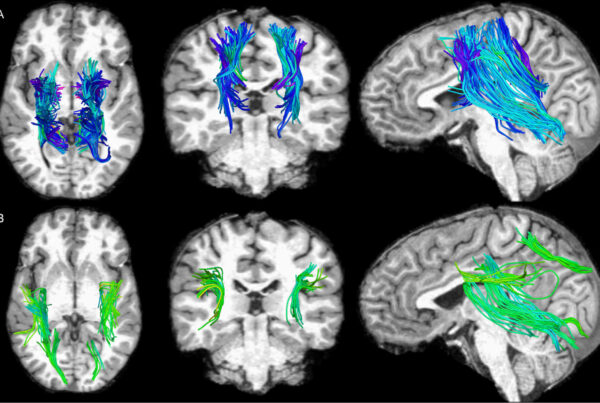
University Professor and AARP Professor of Gerontology Eileen Crimmins
Deaths attributed to dementia and other cognitive impairment may be vastly undercounted in the U.S., according to a new USC Leonard Davis School of Gerontology-led study conducted with researchers from Boston University and the University of Pennsylvania.
From 2000 to 2009, physicians and medical examiners noted dementia as a contributing factor on approximately 5% of death certificates. However, previous comparisons of vital statistics to other sources have indicated that dementia is markedly underreported as a cause of death, said University Professor Eileen Crimmins, holder of the AARP Chair in Gerontology and senior author of the study.
Crimmins and colleagues followed more than 7300 participants in the Health and Retirement Study (HRS), a large, nationally representative longitudinal study of older adults, who were between the ages of 70 and 99 during the study period. Participants were evaluated for dementia, including Alzheimer’s disease, as well as cognitive impairment not related to a dementia diagnosis, which can later develop into dementia in some individuals.
An estimated 5.6 million Americans older than 65 have some form of dementia, of which Alzheimer’s disease makes up 80% of cases. In 2017, Alzheimer’s and related dementia was the third leading cause of death in the U.S., appearing as an underlying cause of death on nearly 262,000 death certificates.
Understanding what people die of is essential for priority setting and resource allocation,” said Andrew Stokes, the study’s first author and assistant professor of global health at BUSPH.
“In the case of dementia, there are numerous challenges to obtaining accurate death counts, including stigma and lack of routine testing for dementia in primary care,” he said. “Our results indicate that the mortality burden of dementia may be greater than recognized, highlighting the importance of expanding dementia prevention and care.”
Dementia-related death higher than reported
When analyzing health histories of the participants who died, 13.6% of deaths were attributable to dementia – more than 2.7 times the rate reported on death certificates from 2000 to 2009.
Underreporting of dementia on death certificates may happen for various reasons, Crimmins explained. Individuals with Alzheimer’s or another form of dementia often have multiple health conditions that make identifying underlying causes of death more difficult, and medical certifiers may not be aware of an individual’s dementia diagnosis. In addition, cognitive impairment may hamper the person’s ability to report symptoms and receive a diagnosis in the first place.
“These findings indicate that dementia represents a much more important factor in U.S. mortality than previously indicated by routine death records,” she said.
When CIND, or cognitive impairment not linked to dementia, was included, the overall rate of attributable deaths jumped to 23.8%. While CIND itself is less associated with risk of death, it is much more prevalent than Alzheimer’s and related dementias and can eventually progress to a dementia diagnosis.
The data also emphasized large inequities in dementia’s mortality. Among Black participants, nearly a quarter of deaths were related to dementia, versus 20.7 % of deaths of Hispanic participants and 12.2% percent of deaths in white individuals. Participants with less than a high school education faced a 16.2% risk of dementia-attributable death, compared to 9.8% of individuals with a college education.
“These disparities in dementia-attributable death reflect the unequal impact of Alzheimer’s disease and related dementias we see in previous research,” Crimmins said. “This highlights the need to expand research and population-based interventions focused on dementia prevention and care.”
The study appeared online in JAMA Neurology on August 24, 2020. Crimmins’ coauthors included first author Andrew Stokes, Dielle Lundberg and Wubin Xie of Boston University; Jordan Weiss and Samuel Preston of the University of Pennsylvania; and Research Associate Professor Jung Ki Kim of the USC Leonard Davis School. The study was supported by National Institute on Aging grant P30 AG017265 to Crimmins.





